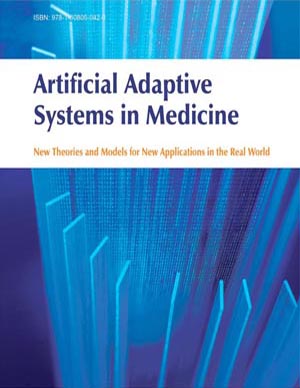Abstract
In this chapter several application examples derived from the literature and from the real world show how new elementary mathematics like: Topological Weighted Centroid (TWC); Self Topological Weighted Centroid (STWC); Proximity Scalar Field; Gradient of the Scalar Field Relative Topological Weighted Centroid (TWCi); Paths from Arithmetic Centroid to entities; Paths between entities; Scalar Field of the trajectories, may help decision makers in situations characterized by limited amount of information, and how mathematics of complex system can improve the level of accuracy obtained with classical statistics. In particular the TWC proposes itself as a powerful method to identify the source of epidemic spread. The impressive results obtained in the example of Russian influenza spreading in Sweden in 1889 and in the colera spreading in London in 1854 are consistent with the idea that the spread of infectious disease is not random but follows a progression which is based on inherent but as yet undiscovered mathematical laws based on probabilistic density function. These methods, which require further for field evaluation and validation, could provide an additional powerful tool for the investigation of the early stages of an epidemic, and constitute the basis of new simulation methods to understand the process through which a disease is spread.
Keywords: Topological Weighted Centroid; Russian influenza; outbreak source






















